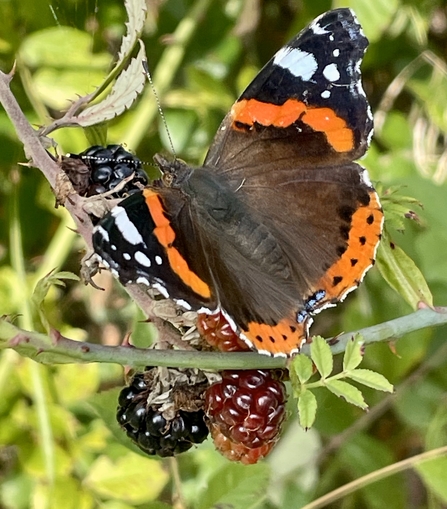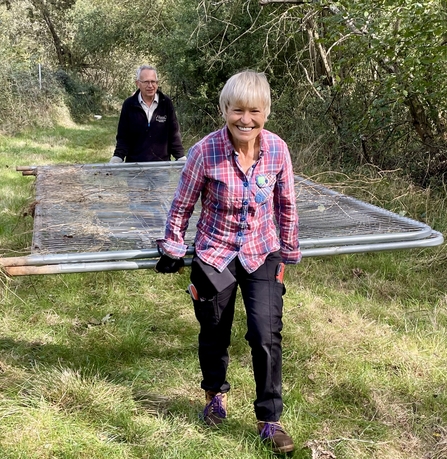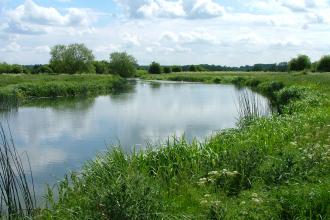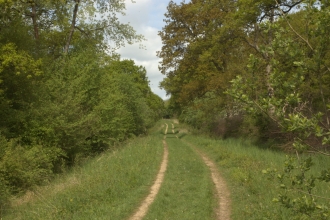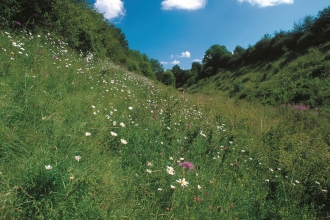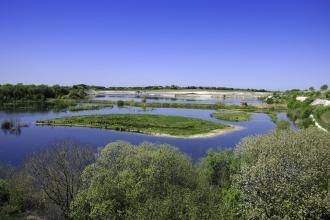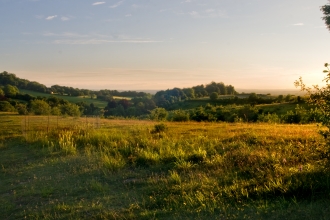October and the temperature rises to an unseasonable 22 degrees. You could be fooled into thinking that summer is still with us. But leaves are turning from fresh greens to deep warm autumnal reds and yellows as they float graciously to the ground.
The sun is low and its rays are gentle, warm, and golden. There is no doubt that we are slipping into autumn. October 2023, ten years since the Finemere Volunteer Work Party was created.
With the summer task of scything and raking grassy areas completed, and the winter job of clearing scrub yet to begin, the volunteers busy themselves with removing fences from protected areas. As targeted sections of vegetation are cleared during the winter months, fences are erected around these spaces to protect the new growth from being devoured by deer. After 3-5 years of growth, the trees and bushes are of a size that they can now fend for themselves, and thus the fences are removed.


